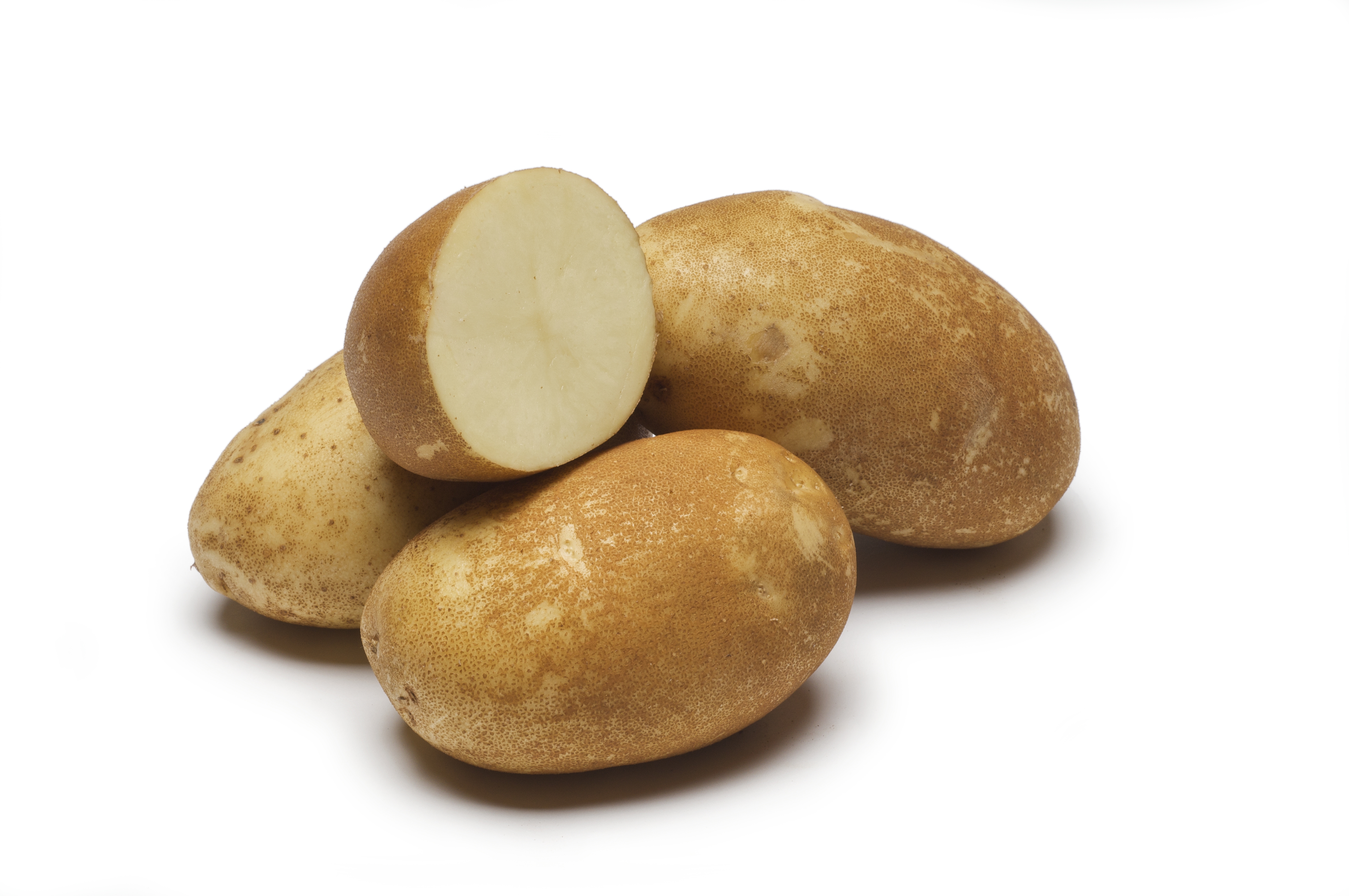This article appears in the January 2020 issue of Potato Grower.
To kick off the new year, let’s take a look at Alturas, an excellent processing variety with a lower nitrogen fertilizer requirement than many of its contemporaries.
Alturas is used primarily for processing, with its light russeting limiting its use for fresh-pack. It is notable for its high yields and solids, excellent processing quality and cold-sweetening resistance. Alturas has resistance to Verticillium wilt and early blight. Weaknesses include short tuber dormancy, late maturity in areas with short growing seasons, and higher water requirements than Russet Burbank.
Visit www.pvmi.org for a full list of seed growers.
History
- Parentage: A77182-1 × A75188-3
- Developed by the Tri-State Breeding and Research Program, released in 2002
- PVP issued in 2010
Management
- Cut seed to 1.5 to 2.5 ounces for planting
- Optimal plant spacing 13 to 15 inches in 36-inch rows.
- Plant 5 to 7 inches deep; provide a broad, shallow hill to minimize greening
- Nitrogen requirement about 60 to 70 percent that of Russet Burbank (about 120 to 150 pounds in southeastern Idaho). All nitrogen should be be applied pre-plant in short-season areas.
- Following alfalfa in rotation can delay tuber maturation and make vine kill more difficult.
Irrigation
- Requires 15 to 20 percent more water than Russet Burbank a
- Available soil moisture should be maintained at 60 to 80 percent throughout season
Storage
- Relatively short dormancy
- CIPC recommended 75 to 100 days after harvest
- Cure at 55 degree Fahrenheit, then ramp to storage temperature
- Store at 42 degrees for dehy processing
- Store at 45 to 48 degrees for frozen processing
Disease Response
- Resistant to Verticillium
- Moderately resistant to scab and net necrosis
- Susceptible to PVY and late blight.
